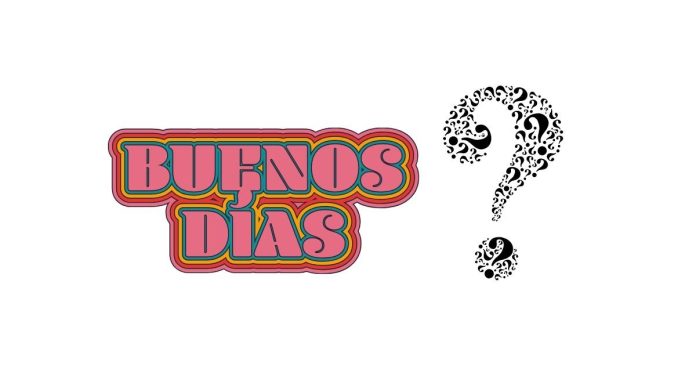In Spanish, the expression “Buenos días” (“Good morning”) is the more common and widely used phrase, while “Buen día” (“Good day”) can also be used, but it is less frequent in certain regions. The difference comes down to usage patterns and a bit of tradition in the language.
Here are some reasons why “Buenos días” is preferred over “Buen día”:
- Plural form and convention: “Días” (days) is plural in Spanish, even though you’re usually referring to just the one morning. Historically, it’s a common convention in languages like Spanish to use the plural form when expressing well-wishes, even for a single day. For example, the expression “Buenos días” is like wishing someone a good start to multiple days, even if you’re only referring to the current one.
- Euphony and familiarity: “Buenos días” has become the standard phrase used in most Spanish-speaking countries, and its sound flows more naturally in everyday speech. The plural form “días” sounds better rhythmically when saying the phrase aloud.
- Regional variations: While “Buenos días” is universally understood, in some countries, like Argentina or Uruguay, “Buen día” is used more often, particularly as a casual greeting. It’s also common in some other regions but is still considered more informal than “Buenos días.”
- The word “buen”: The word “buen” (good) can be used before masculine singular nouns (like “día”), but “buenos” is specifically used with plural masculine nouns, like “días.” This grammatical structure has solidified the use of “Buenos días” in most contexts.
In short, “Buenos días” is the more idiomatic and widely accepted form of greeting in Spanish, whereas “Buen día“ is a simpler, more informal version, used in specific regions or contexts.



